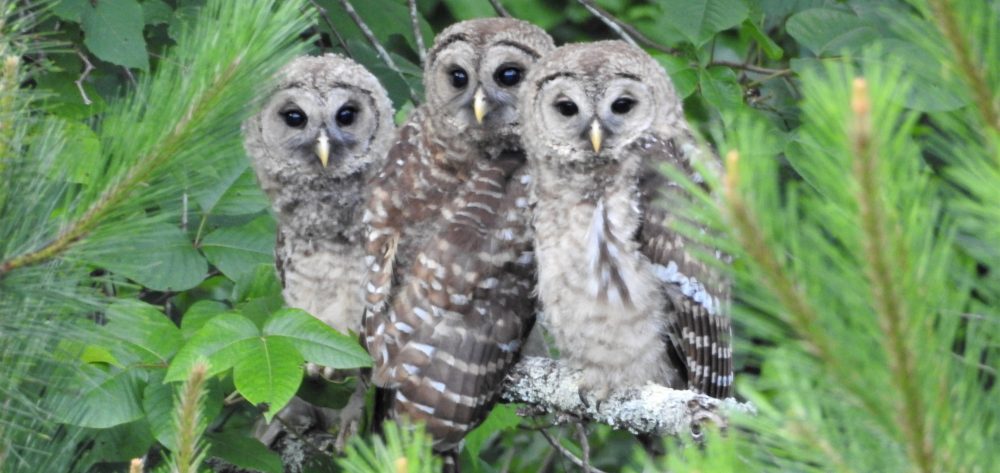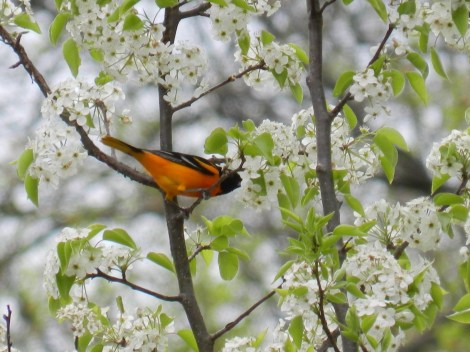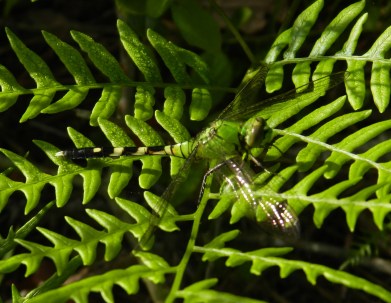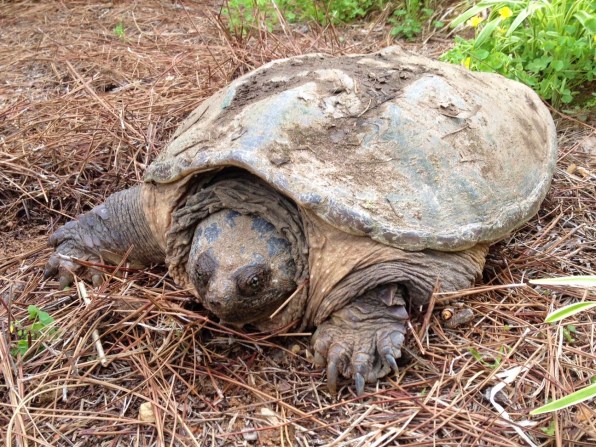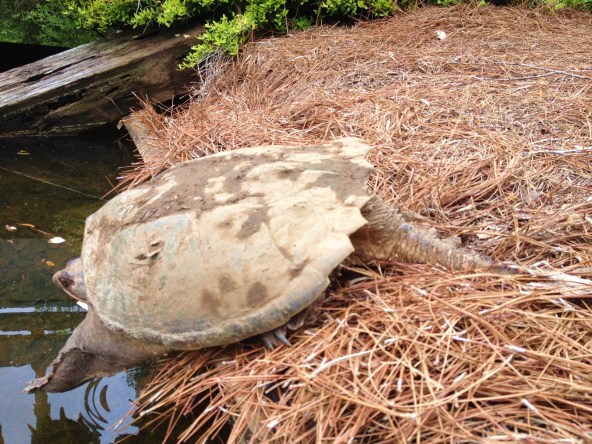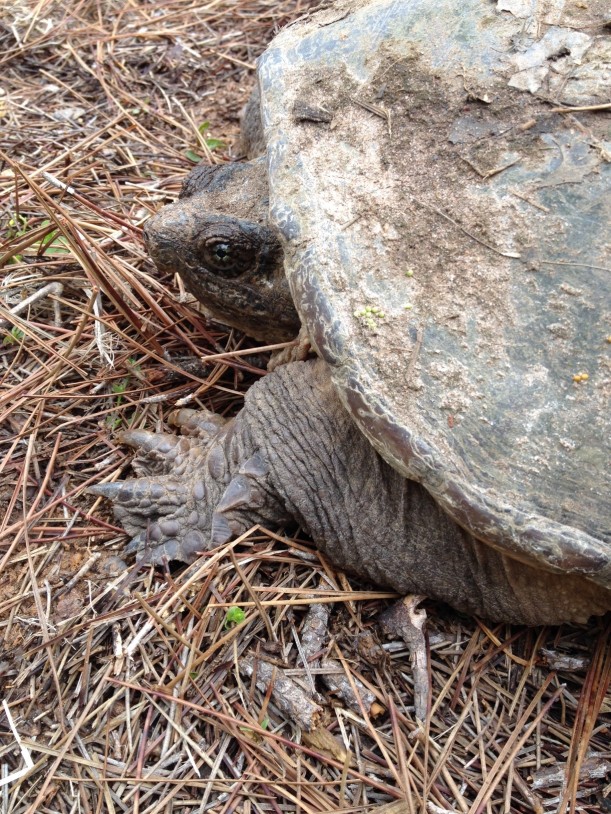As I write this, I am flying back to Atlanta, having spent the weekend in Summit, New Jersey for my 25th high school reunion. Excited as I was to spend time with old friends and to visit old stomping grounds, perhaps the highlight of the weekend was escaping the dinners and the small talk and going birding with one of my oldest and dearest friends in our old neighborhood. Although I spent the first 18 years of my life in New Jersey, I don’t recall having any curiosity about the birds in my backyard. It must have attracted them, with its towering old trees and expansive lawn surrounded on all sides by thick tracts of rhododendron. Just beyond our fence lay hundreds of acres of woods, part of the Watchung Reservation. I suppose I could identify the pigeons and crows seen in town, as well as a few of the regular backyard visitors like cardinals, blue jays, robins, and mourning doves, but I certainly didn’t know about warblers or vireos. Visiting my hometown with a greater awareness of the birds around me was immensely rewarding. Strolling along the streets in my old neighborhood, I was treated to spectacular looks at Baltimore Orioles and Black-and-white Warblers. The Blue-winged Warbler at the nearby Audubon Sanctuary was a life bird for me. How fun to see Black-capped Chickadees and note their different song. By looking carefully for the birds, I also noted many other beautiful things about my hometown that I took for granted growing up.

Blue-winged Warbler. Like many warblers, these insectivores are elusive and in constant motion. You have to look carefully and be patient to see them.
I only discovered the joy and excitement of birding a couple of years ago. Feeding injured and orphaned birds at AWARE Wildlife Center spurred me to want to learn more about them. I attended Bird Fest at Unicoi State Park in the spring of 2012, and I was hooked after the first bird walk. I was astounded that the small group of knowledgeable and convivial birders on that walk spotted 45 species in just one morning (and now realize that was a respectable, but not exceptional number). How could I have been so oblivious for so long?! Now I never leave the house without my binoculars, and my birding adventures have taken me from such birding hot spots as Dauphin Island in Alabama to Denali National Park in Alaska. I study my field guides and keep eBird lists. My yard list for my tiny suburban backyard in Tucker is currently at 50 species.

Getting ready to release a Northern Parula (a warbler species) at a banding station on Dauphin Island. What a spectacular bird and memorable experience!
Birding makes life so much richer. It teaches us not only about birds, but also teaches us many other life lessons and skills. Birding teaches us to be in the moment and enjoy what is right in front of us. It demands us to slow down and pay attention to our surroundings–to notice the dappled sunlight in the trees, to hear the birdsong in the air, to feel the rustling wind on our face. It helps us to recognize the interconnectedness of all living things and the importance of protecting natural habitats. Birding also helps us to sharpen our observation and recall skills. In order to identify a bird, we must quickly process a lot of information–color patterns, call notes, the shape of the wings and bill, and so on. Such sensory workouts help develop mental acuity and keep our brains active. In addition, birding entices us to explore new destinations, from the park down the street to remote corners of the earth, enabling us to take in ample fresh air and beautiful scenery. From New Jersey to New Zealand and beyond, birds allow us to admire and enjoy all of the beauty and diversity of our remarkable planet.

Looking for birds forces us to slow down and notice details about our surroundings–like the sunlight in the trees at my local park.
Having some reflective time during this trip to my childhood home reminds me how significantly my life has been enhanced since I really discovered the birds around me. I invite you to pay closer attention to the birds around you. I’d be surprised if you didn’t find that your life is enriched when you do.
Note: Earlier this year, I started working as the Director of Education for Atlanta Audubon Society, a dream job that allows me to share my passion for birds and nature with others. This piece was originally written to share in the AAS newsletter. I encourage you to find an Audubon chapter in your area and get involved. Audubon chapters often provide free bird walks and other opportunities to learn and to gather with fellow nature lovers, and they do important conservation and advocacy work.
A couple of great articles about the benefits of birds for further reading:
http://www.mnn.com/earth-matters/animals/blogs/can-bird-songs-boost-your-brain
http://us.cnn.com/2014/05/30/opinion/doherty-save-birds/index.html?sr=sharebar_twitter
